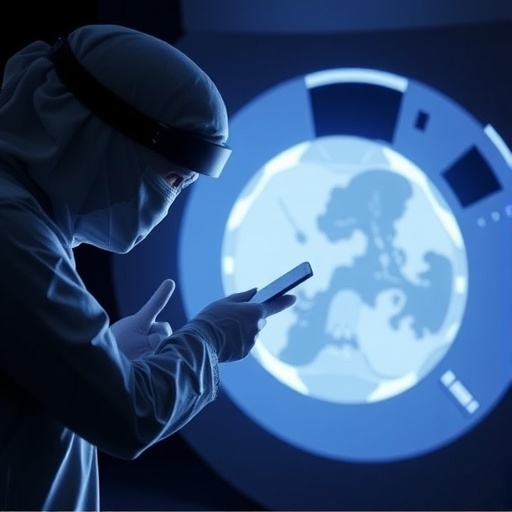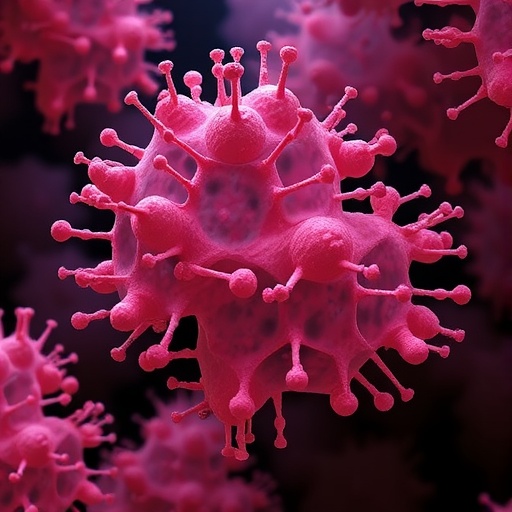The realm of radiology is crucial in modern medicine, providing indispensable insights through advanced imaging techniques. Of particular relevance is the computed tomography (CT) scan, a procedure that has revolutionized diagnostics but also introduced significant challenges, particularly regarding infection prevention and control. This issue has gained renewed attention through a qualitative study focusing on infection prevention protocols used in CT suites, especially during intravenous contrast administration. Australian radiographers, who play a pivotal role in this process, have been brought into the spotlight to share their experiences and practices.
The qualitative study was designed to delve deeply into the infection control strategies employed by radiographers during the administration of intravenous contrast. Contrast agents are essential for enhancing the visibility of internal body structures, yet they present a vector for potential pathogens if not handled properly. The researchers sought to understand the knowledge gaps, practices, and perceived barriers related to infection prevention that radiographers encounter daily. The insights gleaned from this study not only spotlight the current landscape but also provide pathways for improvement and adherence to best practices in infection control.
Through interviews and discussions, the study revealed significant variances in practice between radiographers in different settings. While some demonstrated a comprehensive understanding of infection protocols, others exhibited uncertainty or had gaps in knowledge regarding best practices in sterile techniques. The heterogeneous nature of training and institutional policies indicates a pressing need for standardization in infection control protocols across facilities. This inconsistency not only raises concerns about patient safety but also affects staff confidence and morale.
The findings of the study indicate that the radiographers’ training played a crucial role in their approach to infection control. Many radiographers expressed a desire for more robust training on infection prevention, particularly concerning the use of personal protective equipment (PPE). The importance of PPE cannot be overstated; it serves as a vital barrier against pathogens that might be transmitted during procedures. Enhanced training sessions tailored for radiographers could foster greater compliance and assure both patient and staff safety.
Furthermore, the study highlighted communication as a critical component in infection prevention. In many cases, radiographers recounted experiences where unclear directives from supervisory staff led to inconsistent application of infection control protocols. Improved communication channels and teamwork are essential for ensuring that all members of the healthcare team are aligned on infection control practices. Notably, fostering an environment where questions and discussions about infection control are encouraged can significantly enhance practice adherence.
The qualitative analysis also explored the radiographers’ perceptions regarding the adequacy of existing guidelines on infection prevention. Despite the availability of institutional protocols, several radiographers felt that these guidelines were not robust enough to address specific scenarios encountered during CT scans. Customization and continuous updating of these protocols based on real-world challenges and emerging evidence are necessary to bolster their effectiveness and relevance.
Intriguingly, the study shed light on the emotional aspects of working in radiology, particularly concerning infection risk. The radiographers reported feeling a heightened sense of responsibility and concern over the potential transmission of infections to patients. This emotional investment in patient safety underscores the importance of well-founded infection control practices. Radiographers should be reassured that their commitment to safety is shared and supported by administratives through ongoing training and resources.
Personal experiences shared during the interviews provided some of the most striking insights of the study. Many radiographers recounted instances where lapses in infection control measures resulted in close calls or actual infections. These narratives not only emphasized the human element in healthcare but also illustrated the necessity for vigilance and continuous improvement in infection control practices. Learning from past experiences can catalyze enhanced preparedness and response strategies.
Beyond immediate practice, the broader implications of effective infection prevention and control in CT suites cannot be overlooked. When infection rates drop due to improved practices, the implications for public health are tremendous. A reduction in healthcare-associated infections contributes not only to better patient outcomes but also to lower healthcare costs and resource utilization. The importance of investing time and resources into training and protocol development is a clear pathway to ensure such benefits are realized.
Ultimately, the qualitative study illuminates the intersection of radiology, infection control, and patient safety. The knowledge provided by Australian radiographers will inform not just local practices but may reverberate through the global healthcare community. As medical technologies advance, so too must our commitment to safeguarding both patients and healthcare professionals through effective infection control measures.
The voices of those on the front lines are vital in shaping policies and procedures that protect patients and ensure that radiology remains a safe environment. By listening to the concerns and experiences of radiographers, stakeholders can instigate meaningful reforms that elevate the standard of care and ultimately enhance patient safety and service delivery.
The study concluded that addressing the educational needs of radiographers, enhancing communication, and refining existing protocols will lead to better infection control outcomes. As we move forward in the ever-evolving landscape of medical imaging, the commitment to infection prevention and control will play a critical role in shaping future practices and guiding the next generation of radiographers.
In summary, the research conducted into infection prevention measures in CT suites underscores a pivotal need for improvement in training, practice standardization, and communication among healthcare professionals. It becomes increasingly apparent that as we expand our technological capabilities, we must also prioritize the safety and well-being of both patients and healthcare providers in the process. Infection control in the radiology realm is not merely a matter of compliance; it is a fundamental component of compassionate and responsible healthcare.
Subject of Research: Infection prevention and control in the CT suite
Article Title: Infection prevention and control in the CT suite: a qualitative study with Australian radiographers in intravenous contrast administration.
Article References:
Abu Awwad, D., Hill, S., Lewis, S. et al. Infection prevention and control in the CT suite: a qualitative study with Australian radiographers in intravenous contrast administration.
BMC Health Serv Res 25, 1534 (2025). https://doi.org/10.1186/s12913-025-13728-z
Image Credits: AI Generated
DOI: https://doi.org/10.1186/s12913-025-13728-z
Keywords: Infection control, radiography, CT suites, intravenous contrast, qualitative study, patient safety, healthcare protocols.
Tags: best practices for infection control in CT suiteschallenges in medical imaging infection preventionenhancing patient safety in CT imagingexperiences of Australian radiographers in infection preventionimproving infection prevention strategies in radiologyinfection control in CT imagingintravenous contrast administration protocolsknowledge gaps among radiographers in infection controlpathogen risks in contrast agent usequalitative study on infection controlradiographers’ role in infection preventionvariances in infection control practices in radiology





